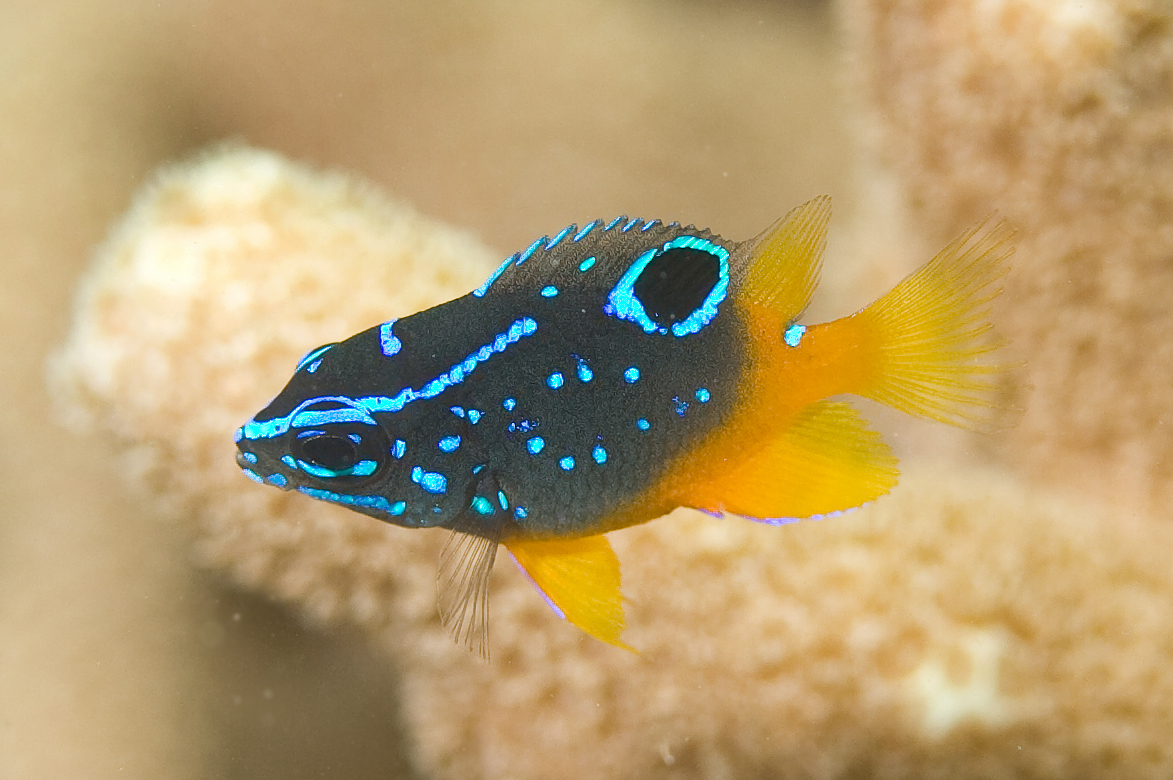Hemiglyphidodon on:
[Wikipedia]
[Google]
[Amazon]
 The lagoon damselfish (''Hemiglyphidodon plagiometopon''), also known as the sweetlip damsel, is a species of
The lagoon damselfish (''Hemiglyphidodon plagiometopon''), also known as the sweetlip damsel, is a species of
 The lagoon damselfish (''Hemiglyphidodon plagiometopon''), also known as the sweetlip damsel, is a species of
The lagoon damselfish (''Hemiglyphidodon plagiometopon''), also known as the sweetlip damsel, is a species of ray-finned fish
Actinopterygii (; ), members of which are known as ray-finned fishes, is a class of bony fish. They comprise over 50% of living vertebrate species.
The ray-finned fishes are so called because their fins are webs of skin supported by bony or hor ...
, a damselfish
Damselfish are those within the subfamilies Abudefdufinae, Chrominae, Lepidozyginae, Pomacentrinae, and Stegastenae within the family Pomacentridae. Most species within this group are relatively small, with the largest species being about 30 ...
from the family
Family (from la, familia) is a Social group, group of people related either by consanguinity (by recognized birth) or Affinity (law), affinity (by marriage or other relationship). The purpose of the family is to maintain the well-being of its ...
Pomacentridae
Pomacentridae is a family of ray-finned fish, comprising the damselfishes and clownfishes. This family were formerly placed in the order Perciformes but are now regarded as being ''incertae sedis'' in the subseries Ovalentaria in the clade Perco ...
. It is a larger species of damselfish which is found in the Indo-Pacific
The Indo-Pacific is a vast biogeographic region of Earth.
In a narrow sense, sometimes known as the Indo-West Pacific or Indo-Pacific Asia, it comprises the tropical waters of the Indian Ocean, the western and central Pacific Ocean, and the ...
where it occurs around branching corals in sheltered areas of reefs.
Description
The lagoon damselfish is a large brown species of damselfish, often the adults have a pale russet head and the colour of the fish gradually darkens towards the tail. There are pinkish markings on the operculum. The juveniles are dark blue to brownish on the head and near body and are yellow towards the tail and on the underside with a largeiridescent
Iridescence (also known as goniochromism) is the phenomenon of certain surfaces that appear to gradually change color as the angle of view or the angle of illumination changes. Examples of iridescence include soap bubbles, feathers, butterfl ...
blue eyespot on the dorsal fin
A dorsal fin is a fin located on the back of most marine and freshwater vertebrates within various taxa of the animal kingdom. Many species of animals possessing dorsal fins are not particularly closely related to each other, though through conv ...
, and blue bands and spots near the head on its body. They grow to a maximum length of . Sometimes the only distinctive marking is a yellow eyering.
Distribution
The lagoon damselfish is found in the eastern Indian Ocean from Thailand through Indonesia, the Philippines and the Timor Sea into the western Pacific where it is found south to Australia and north to China and east to theSolomon Islands
Solomon Islands is an island country consisting of six major islands and over 900 smaller islands in Oceania, to the east of Papua New Guinea and north-west of Vanuatu. It has a land area of , and a population of approx. 700,000. Its capita ...
.
Habitat and biology
The lagoon damselfish is found in sheltered reefs and lagoons, often in areas of highturbidity
Turbidity is the cloudiness or haziness of a fluid caused by large numbers of individual particles that are generally invisible to the naked eye, similar to smoke in air. The measurement of turbidity is a key test of water quality.
Fluids can ...
and a silty substrate at the base of branching corals. They are found at depths of . They are detritovores and the species has up to three times the number of gill raker
Gill rakers in fish are bony or cartilaginous processes that project from the branchial arch (gill arch) and are involved with suspension feeding tiny prey. They are not to be confused with the gill filaments that compose the fleshy part of the ...
s than other damselfish which are for feeding on fine detritus. They are territorial
A territory is an area of land, sea, or space, particularly belonging or connected to a country, person, or animal.
In international politics, a territory is usually either the total area from which a state may extract power resources or a ...
and defend a patch of algal covered reef. While feeding on detritus they will consume small amounts of algae and invertebrates. They form pairs for breeding, clearing an area to create a nest, then they begin in a mating dance which involves fast swimming and movements of the fins. While mating, the males frequently darken and may develop white blotches. The eggs are laid at dawn, the eggs are demersal
The demersal zone is the part of the sea or ocean (or deep lake) consisting of the part of the water column near to (and significantly affected by) the seabed and the benthos. The demersal zone is just above the benthic zone and forms a layer of ...
and adhere to the substrate where the male guards and aerates them.
Conservation
The lagoon damselfish has not been evaluated for theIUCN Red List of Threatened Species
The International Union for Conservation of Nature (IUCN) Red List of Threatened Species, also known as the IUCN Red List or Red Data Book, founded in 1964, is the world's most comprehensive inventory of the global conservation status of biologi ...
but it may be threatened by habitat degradation and by human exploitation.
References
External links
* {{Taxonbar, From = Q3039485 Fish described in 1852 Pomacentrinae Hemiglyphidodon